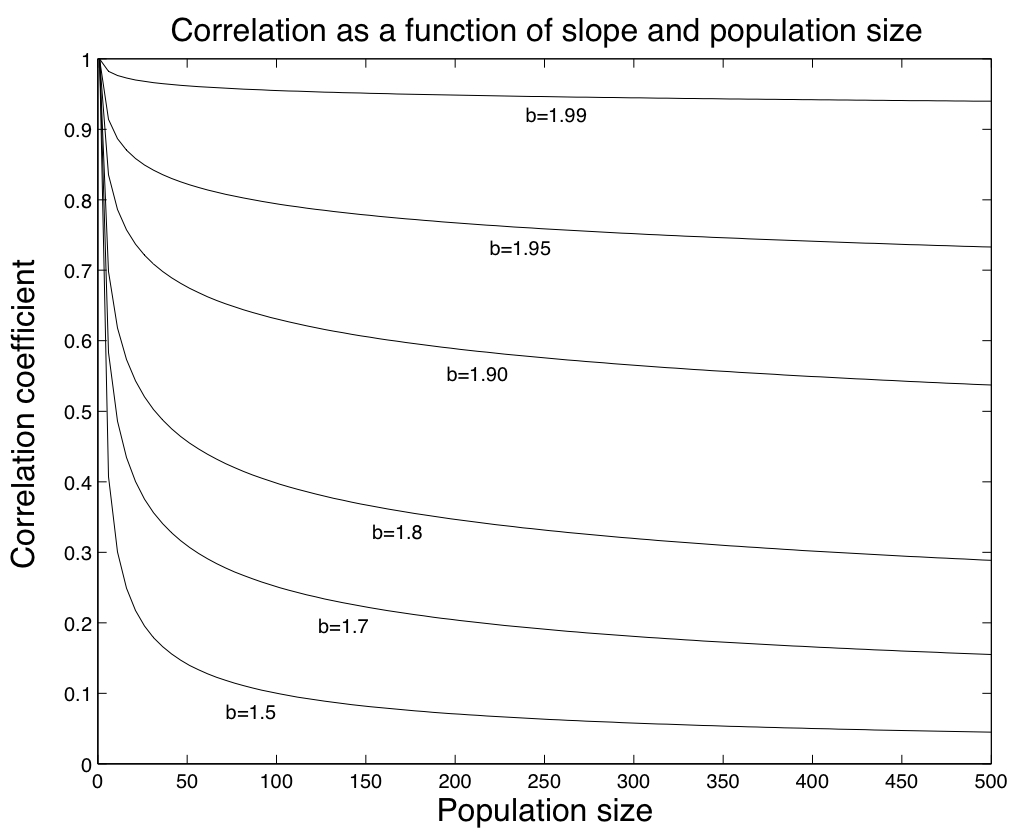Population Dynamics
Mean-variance scaling of population abundance
Ecology is concerned with explaining patterns of animal and plant abundance. The combined influence of environmental determinants and species specific life history characteristics determine how populations fluctuate across space and through time. Changes in population size are easy to observe, but quantifying the relationship between population size and individual behavior is a challenge.
Taylor's power law describes how variance in abundance scales with mean abundance and can be used to make inference about interactions among individuals. We are extending theory developed in the lab that links the exponent of Taylor's Power law to the degree of reproductive correlation exhibited in a population, and applying it to address questions about life history trade-offs faced by fish and plants. We are collaborating with Jorge Soberón at The University of Kansas and Chih-hao Hsieh at National Taiwan University on multiple projects.

Trait evolution in the context of interactions
We are interested in studying how ecological and evolutionary dynamics feedback on one another to influence long term population growth, phenotypes and the stability of ecosystems. Most of the work in this realm has been theoretical, but we are beginning to perform experiments with multi-trophic plankton system with the hope of using experimental data to learn about the trade-offs underlying eco-evolutionary dynamics.
